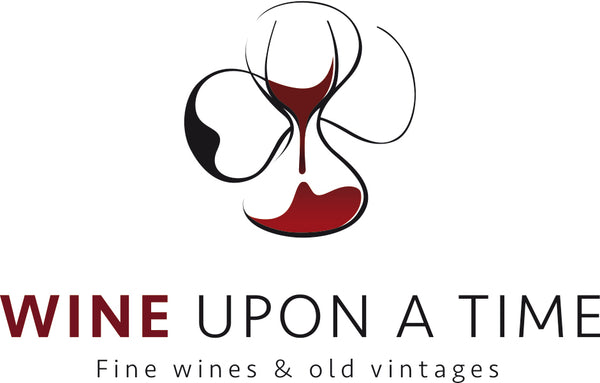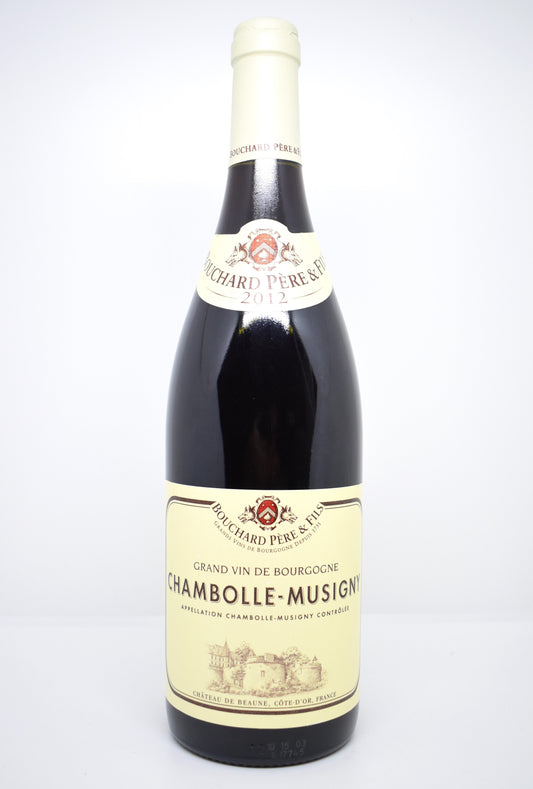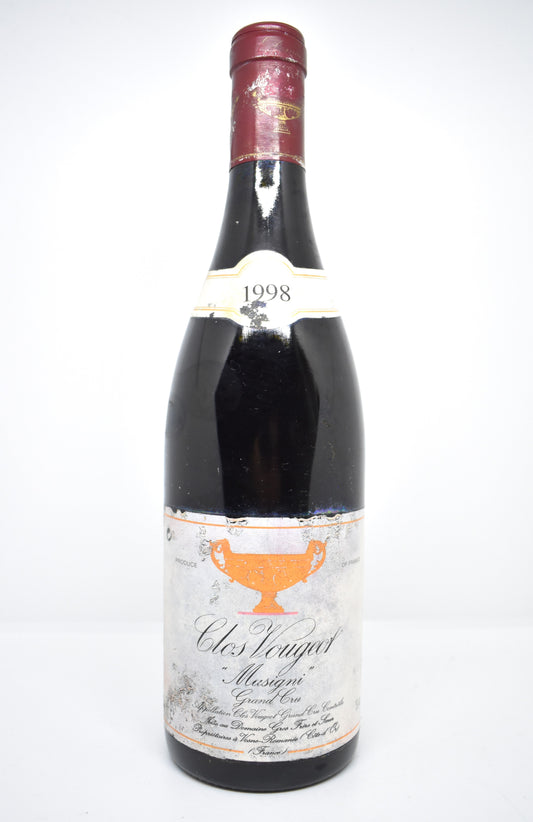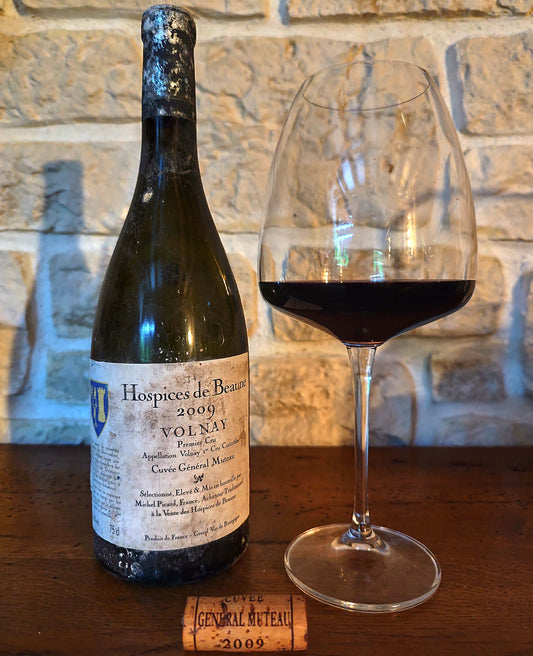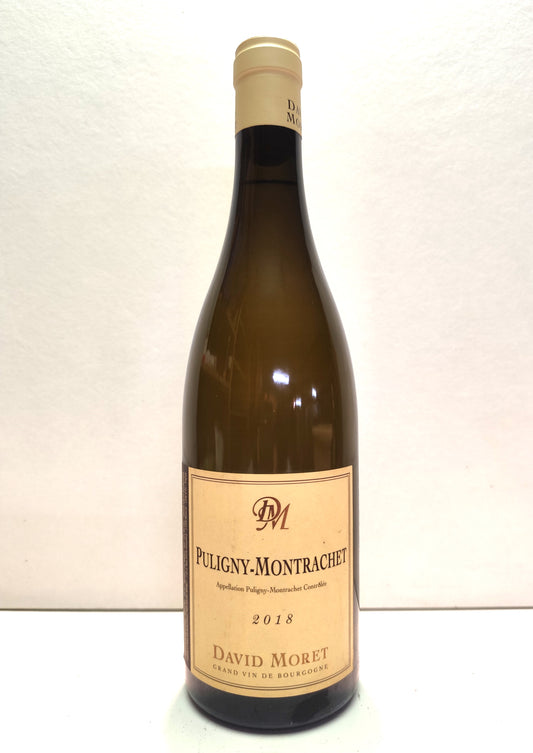Old vintages are much more than exceptional wines. They embody the history, passion and know-how of winemakers throughout the centuries. Among the most prestigious wine regions, Bordeaux and Burgundy hold a special place. Their wines, prized by collectors and enthusiasts around the world, offer a unique experience with every sip. Let's explore these lands of excellence together, revealing their secrets and historical anecdotes.
Bordeaux: the kingdom of great classified growths
Bordeaux is undoubtedly one of the most emblematic regions for old vintages. With its 65 appellations, it produces wines of incomparable diversity and quality, but it is the grands crus classés that particularly shine in the world of old wines.
A historical classification system
The 1855 classification, established at the request of Napoleon III for the Universal Exhibition in Paris, was a milestone in the history of wine. This system distinguished 61 châteaux into five categories, placing icons such as Château Margaux , Château Latour and Château Lafite Rothschild at the top . These estates continue to produce wines of exceptional longevity, capable of aging for several decades.
Legendary vintages
Among the years that have marked Bordeaux, the 1945 vintage stands out for its historical character: it celebrates the end of the Second World War. These bottles are not only oenological gems but also witnesses of a bygone era. More recently, the 1982 and 2000 vintages have been praised for their exceptional quality, attracting investors and enthusiasts.
Castles to know
In addition to the essentials of the 1855 classification, estates such as Château Pétrus in Pomerol and Château d'Yquem in Sauternes have acquired worldwide renown. Château d'Yquem, in particular, is famous for its sweet wines, capable of aging for more than a century while developing complex and sublime aromas.
Burgundy: the expression of the terroir
If Bordeaux is synonymous with power and prestige, Burgundy represents the very essence of the terroir. Here, each plot, called a “climat,” offers a unique expression of Pinot Noir and Chardonnay, the two king grape varieties of the region.
A thousand-year-old history
Winegrowing in Burgundy dates back to Gallo-Roman times, but it was the Cistercian monks of the Middle Ages who laid the foundations for the region's current reputation. Their meticulous work in demarcating and cultivating the climates has produced wines of exceptional quality that have been recognized for centuries.
Emblematic Grands Crus
Burgundy has 33 grands crus, each producing wines of remarkable rarity and finesse. Among the most famous is La Romanée-Conti , often considered the pinnacle of winemaking excellence. With extremely limited production, these wines are highly prized by collectors.
Exceptional vintages
Among the unforgettable years in Burgundy, 1978 and 1990 shine with their balance and aromatic intensity. Chardonnay lovers turn to vintages like 2014, which offers exemplary freshness and minerality.
Bordeaux vs Burgundy: a difficult choice
Bordeaux and Burgundy each offer a unique experience. Bordeaux, with its complex blends, delights those who seek structure and power, while Burgundy appeals to those who seek elegance and subtlety. Whether you are a collector or an enthusiast, investing in older vintages from both regions is a winning choice.
Conclusion: a liquid heritage to savor
Owning an old vintage of Bordeaux or Burgundy means owning a part of French wine history. Each bottle tells a story, bears the imprint of its terroir and the legacy of generations of passionate winegrowers. On our site, we have selected rare and old wines for you, from the greatest estates. Treat yourself to a journey through time by discovering our collection of old vintages, and let yourself be seduced by the unique emotion they provide.
Explore our old vintages of Bordeaux and Burgundy today and make every tasting an unforgettable moment.
